In the modern car scene, it’s all about perfect wheel fitment. Even the best build can be passed over by enthusiasts if the fitment is weak, especially since achieving that perfect wheel fitment and suspension setup isn’t all that difficult. If you’re curious as to how you can give your car perfect stance and fitment, we’re here to help. This week, it’s all about what you need to know to set your car up perfectly and how to ensure you’re taking everything into account on the front end so you don’t waste any time playing around with weak specs and wheel gap.

First up, you need to know about wheels themselves. The dimensions of your wheel dictate exactly how they’ll fit on your car, but many people don’t take some of the ‘hidden’ information into account or don’t know what to do with it. While you might eliminate wheel gap with a bit of a ride height drop and larger diameter wheels, without knowing the offset and how it changes the stance of your car, you’re leaving a lot on the table and risk sunken or poked fitment. No one wants that. Here’s the breakdown on wheel specs:
Diameter – most people know this, but if you don’t, we’ll explain. The wheel diameter is the size of the wheel from lip to lip when looking at the face of the wheel. When you talk about ’16 inch’ or ’20 inch’ wheels, you’re talking exclusively about the diameter. This is the first step to knowing what is right for your fitment goals. You don’t want something too small that won’t fill the wheel well, but you also don’t want something too big that makes your car look like a Hotwheels toy.
Width – this is how wide the wheel is from the inboard bead to the outboard bead. A common misconception about wheel width is that you measure from the lip to the lip. This is not the case. Width is calculated by measuring from bead seat to bead seat, which means not all wheels that have the same width measurement are actually the same width due to differences in lip designs. You always want to take that extra width into account, especially for fitment on the inboard side. But how do you measure that? Well, you need to know about offset.
Offset – you may know that the offset determines how ‘mild’ or ‘aggressive’ the fitment is, and might have a rough idea of what works for your car, but it’s important to know what offset actually dictates. Wheel offset is the distance in millimeters from the center of the barrel where the hub meets the mounting face. It’s notated as positive or negative. Positive means it’s towards the outboard side, or wheel face, negative means towards the inboard suspension side. So, an offset of +30 means that your wheel mounting surface to the hub sits 30mm towards the wheel face from center. But that means nothing without the width, as you need to calculate the backspacing based on width. For example, an 8in wide wheel with an offset of +30mm would mean you have 5.2in from the mounting surface to the inboard bead seat and 2.8in from the mounting surface to the outboard bead seat. This is what you need to measure for inner clearance to suspension components and outer fitment to the fender.
So how do you know what’s right for your car? Well, there are handy fitment calculators online that can give you an idea of what your new specs will look like compared to your current wheel, but it won’t be as precise as you think due to differences in wheel design and the shape of your fenders. The best thing to do is to draw a line from the inside of your fender with a straight edge down to the wheel hub, then measure the distance from that straight edge to the wheel hub. That will tell you your maximum value for fitment. You will then want to account for your tire size, how much stretch you need, and how low you plan to sit with a certain diameter wheel.
Tire Sizing Explained
Speaking of tire sizing, most folks know about tire sizes, but not necessarily what they mean as it relates to fitment. Tire sizing for passenger cars are noted in total millimeter width from bead to bead, aspect ratio (the percentage of the total width and diameter that tells you how ‘tall’ the tire sidewall is), and the diameter of the tire. For example, let’s use 245/40/19. This tire would be 245mm wide, 19in inner diameter (for a 19in wheel) and the height of the sidewall is 40% of the ratio between the width and diameter. The sidewall height is incredibly important, as you can change what that height is by running a wheel that is significantly wider than the width of the tire, which gives you what people call ‘stretched’ tire fitment. This means the sidewall won’t be straight up and down, and can allow you to clear your fenders by accounting for that stretch. Unfortunately, no two tires are the same, so you may have different amounts of stretch with two identically sized different tire brands, but there are guides online that can help you get an idea of how much stretch you’ll see.
Wheel Spacers
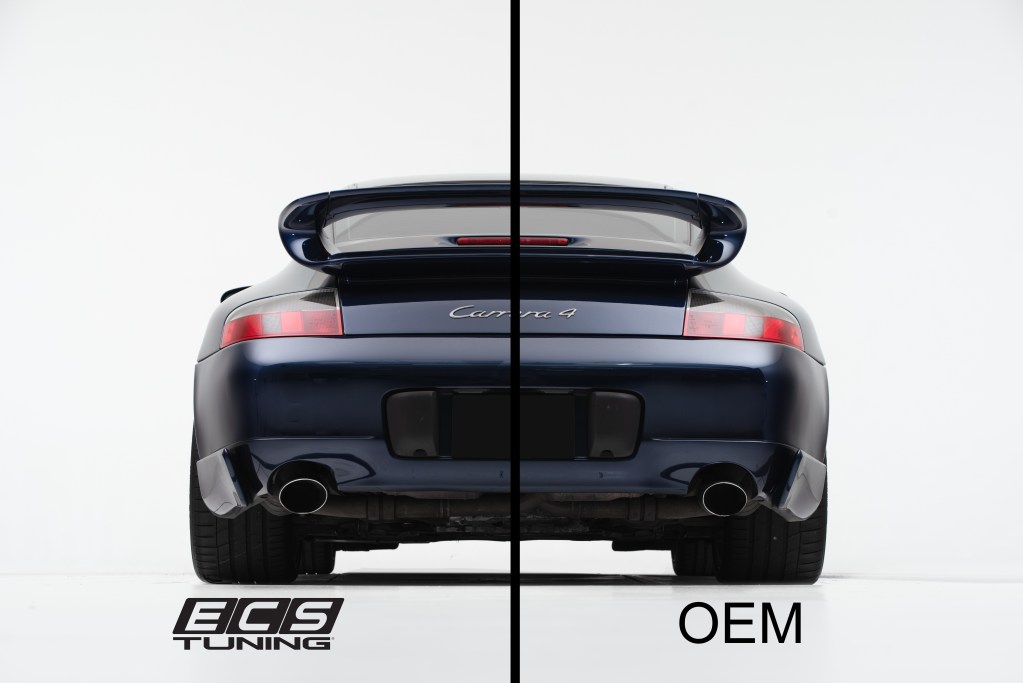
Now, what about spacers? Some argue that spacers just mean you didn’t order the right wheel specs, but that’s somewhat inaccurate. There are plenty of times when spacers can be used to improve fitment for completely justifiable reasons. For instance, with OEM wheel options that give you that OEM+ look but need to be a bit more aggressive. Or, the wheels you want just don’t come in an aggressive enough offset and you’re looking for exactly what you want, not something that fits but doesn’t have your desired look. This is when spacers are perfect options.
Wheel spacers effectively ‘reduce’ the offset, or make it more aggressive, by exactly their width. So, if you have ET43 wheels and want another inch of space to the outboard side for more aggressive fitment, then 25mm spacers would do the trick. Remember, 25.4mm=1in. So your new offset would be ET18, or 25mm (1in) more aggressive.
But what if you don’t know exactly what spacers are perfect for your car? Well, you have two options. Option one is to look at your current wheel specs and calculate for how much spacing you need to achieve your fitment goals. Or, the easier option that will give you a chance to see the spacers on your car is our ‘Rent and Return’ spacer fitment kit. This kit includes everything you need to test a variety of spacer widths on your car with your current wheels so you can see exactly what you’re doing, check clearances, and know before you buy your spacers.

ECS RENT AND RETURN SPACER FITMENT KIT
SHOP TURNER MOTORSPORT WHEEL SPACERS
Fender Rolling
So, what about the fenders? If you’re going for perfect fitment, then you’re going to need to take care of the structural metal lip inside your fender, otherwise that’s going to contact your tires and cause damage to either your fender or the tire or both. That’s what a fender roller, like our Schwaben Fender Roller, is designed to tackle. The process of rolling fenders is fairly simple and only requires a heat gun, the fender roller, and a bit of elbow grease. The results are clean and attractive, which gives your fender a professionally rolled or pulled look to make sure your fitment is perfect and there’s no risk of rubbing or damage anywhere. Just take your time, be patient, and make sure your paint is warm enough to roll to prevent cracking. It’s also pertinent that you work slowly and incrementally increase the pressure on your fender, otherwise you might cause what’s known as ‘bacon fender,’ or warping of that sheet metal.
Other Handy Tools
Finally, there are a few helpful things that will make your life easier when playing with wheels:
Schwaben Wheel Hanger – this handy device allows you to thread a hanger into your wheel hub to physically hang the wheel so you don’t have to balance it on your knees while you thread in the wheel bolts. If you have converted to wheel studs, you won’t need this, but if you’re still using bolts, this is an absolute game changer.
Schwaben Protecta Socket – if you care about your wheels, you won’t want to scratch them. Our Protecta Sockets and Extended Length Protecta Sockets are designed with a plastic sheath around the socket that prevents scratching, denting, and marring of your wheel when you’re tightening your wheel bolts.
SHOP SCHWABEN PROTECTA SOCKETS
SHOP SCHWABEN EXTRA LONG PROTECTA SOCKETS
Schwaben Digital Torque Wrench – make sure you’re installing your wheels with the proper torque on your wheel bolts so you don’t lose a wheel when you’re driving or accidentally over-torque the bolts with too many uggaduggas. Do it right, get the proper torque spec, and make it easy with the digital torque wrench for quick setup and easy to read values.
SHOP SCHWABEN DIGITAL TORQUE WRENCH
These are the basics of wheel fitment! Obviously, no two models of car will be the same, nor will tires from different brands, wheels from different brands, or suspension settings. There’s a lot more to learn when it comes to playing with all those values, too much to account for in an article worth reading, but knowing everything about what you’re changing is the best place to start. You can take what you’ve learned here and use handy online calculators to predict fitment changes and dial in exactly what you need. Remember, measure twice, order once. If you need help, we’re always happy to advise you. Give us a call when you’re ready to achieve your fitment goals and we’ll be here to make sure you get everything you need to make your car look the way you’ve always wanted.

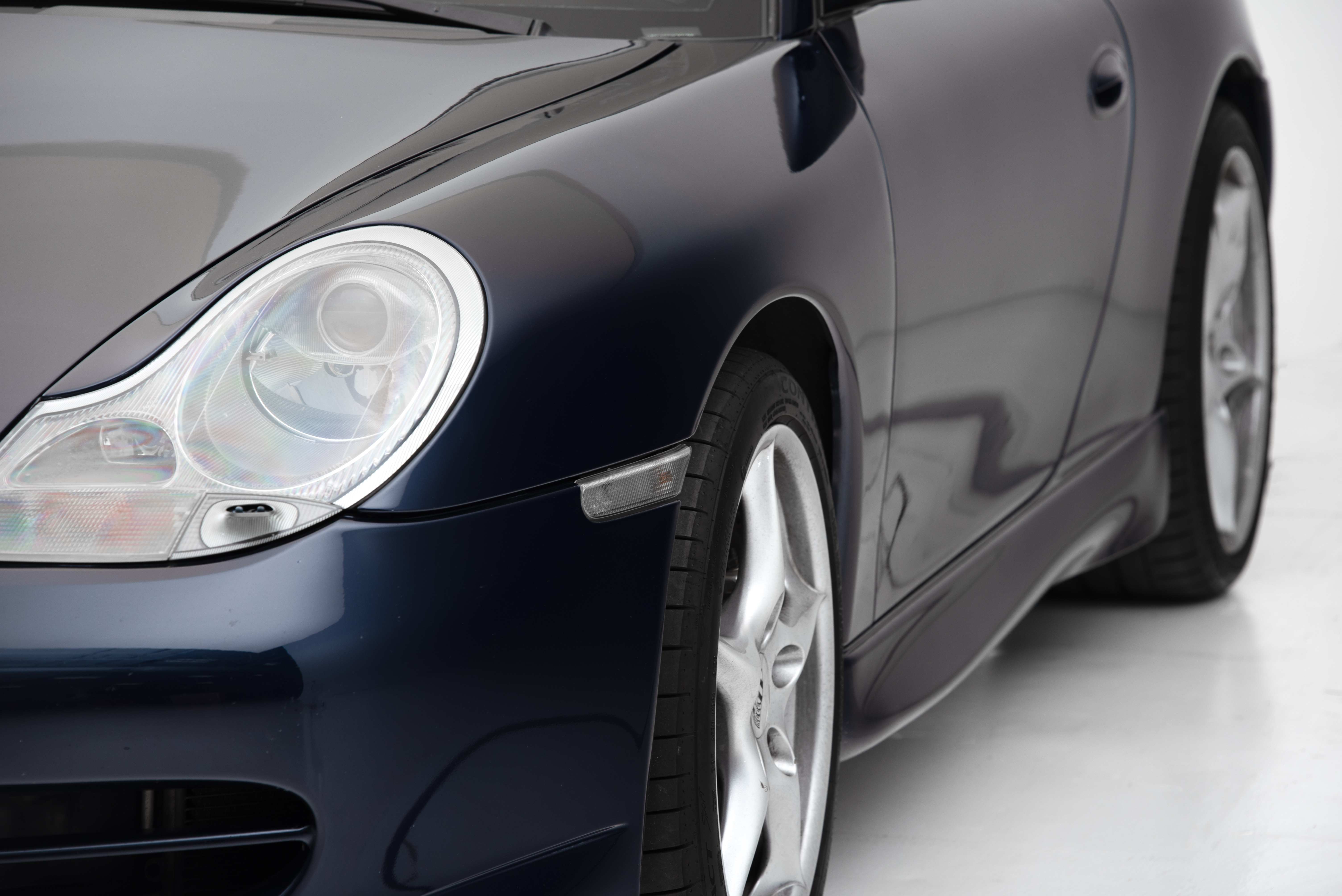
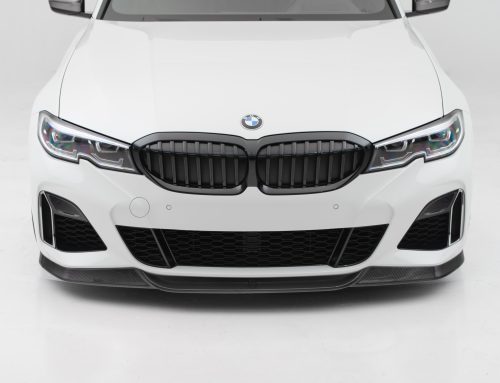
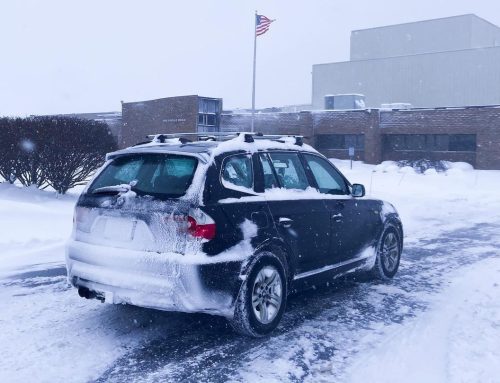
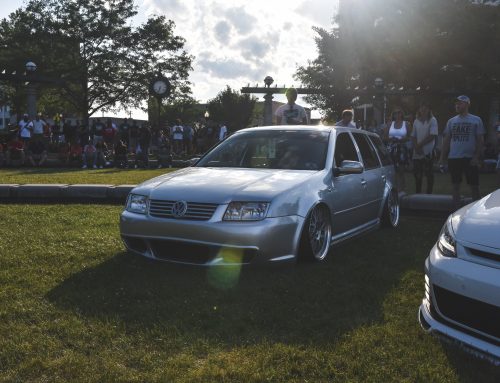


In the first paragraph of OFF-SET you use the word barrel as a reference for measuring off-set yet you have not yet informed the reader about what barrel is, where it is…etc.
When presenting technical content a Glossary is always welcomed.
I just didnt have time to make a graphic to show wheel anatomy.
From what I have seen, rolling the fenders is not a good ideal if you live in the north and drive the car in the winter.
The rolled fender lip does not fit the fender liner properly and also compromises the corrosion protection. Salt spray and mud will enter and accumulate, causing early rust damage. Ruining the car.
If you do it patiently, you don’t have much risk. Of course, it can be a good idea to protect that inner paint with a coat or two or use seam sealer to seal up that fold.
Your offset calculation on the 8″wheel is wrong. If you add up your dimensions you have a 9″ wheel – maybe think about editing that??
Good catch! Edited for 9″. I promise I can count to 10 lol.
A discussion about hubcentric rings to adapt aftermarket wheels for a particular car’s fittment should be included. Otherwise, people are going to wonder why they’re experiencing serious vibration and balancing issues when all other wheel specs
we were more focused on the physical fitment with this article – bolt pattern and CB is a bit of a different topic and specific to vehicles as not all vehicles from the same make have the same PCD or CB, so it would have to be a pretty huge chart. Fortunately, we list PCD and CB on the site and match HC rings or offer spacers/wheels that are specifically hc for your particular vehicle when logged into your car.